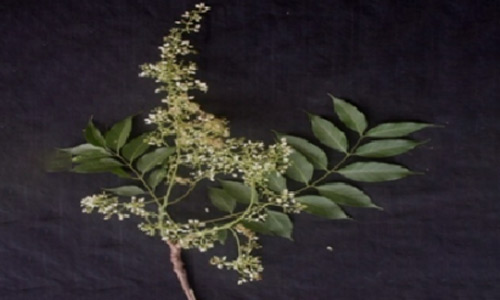We value your privacy
We use cookies to enhance your browsing experience, serve personalized ads or content, and analyze our traffic. By clicking "Accept All", you consent to our use of cookies.
We use cookies to help you navigate efficiently and perform certain functions. You will find detailed information about all cookies under each consent category below.
The cookies that are categorized as "Necessary" are stored on your browser as they are essential for enabling the basic functionalities of the site. ...
Necessary cookies are required to enable the basic features of this site, such as providing secure log-in or adjusting your consent preferences. These cookies do not store any personally identifiable data.
No cookies to display.
Functional cookies help perform certain functionalities like sharing the content of the website on social media platforms, collecting feedback, and other third-party features.
No cookies to display.
Analytical cookies are used to understand how visitors interact with the website. These cookies help provide information on metrics such as the number of visitors, bounce rate, traffic source, etc.
No cookies to display.
Performance cookies are used to understand and analyze the key performance indexes of the website which helps in delivering a better user experience for the visitors.
No cookies to display.
Advertisement cookies are used to provide visitors with customized advertisements based on the pages you visited previously and to analyze the effectiveness of the ad campaigns.
No cookies to display.
|
Division
|
Angiosperms |
|
Class
|
Dicotledons |
|
Subclass |
Polypetalae |
|
Series |
Disciflorae |
|
Order |
Geraniales |
|
Family
|
Meliaceae |
|
Genus
|
Toona |
|
Species
|
ciliata |

|
Etymology:
|
Toon is a Hindi name for the species. |
|
Botanical name:
|
Toona ciliata M. Roem. (Cedrela toona Roxb.) |
|
Local/Trade Names: |
Toon, Red Cedar, Moulmein Cedar, Indian Mahogany |
|
Conservation status: |
Very commonly found wild. Also planted as avenues. |
|
Digonestic features: |
The heartwood is red. |
|
Description: |
A large tree. Bark thin, dark grey, smooth upto middle age; heartwood red. Leaves usually paripinnate, 30-60 cm long; leaflets 5-15 x 0.7-6 cm, opposite or nearly so, 5-10 pair, lanceolate or ovate-lanceolate, often unequal-sided. Flowers white, honey-scented. Fruit a capsule, smooth, upto 2.5 cm long, dark brown. Seeds with membranous wings at both ends. |
|
Phenology: |
Fls.: May-June. Frts.: July-Aug. |
|
Distribution: |
Throughout the India. |
|
Where to see it: |
Medicinal Plant Garden and along boundary wall back Cactus Rockery. |
|
Uses: |
Wood used for furniture, ceilings and floors, doors and windows, cigar-cases, and tea-boxes and also for plywood manufacture. Flowers yield a dye. Bark used for chronic dysentery of infants; also used in external applications for ulcers. Wood yields an essential oil. |
Chief Conservator of Forests & Chief Wildlife Warden is the Head of the Department. There is one post of Conservator of Forests & two posts of Deputy Conservator of Forests viz.